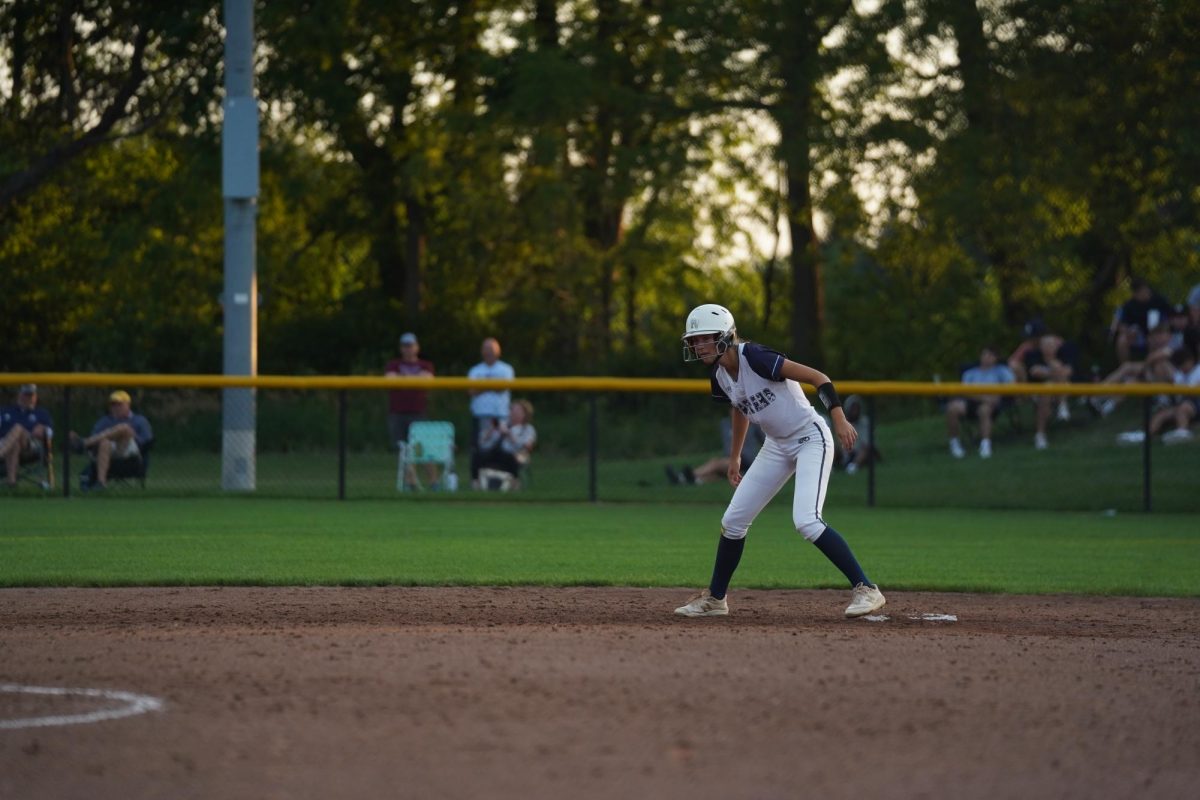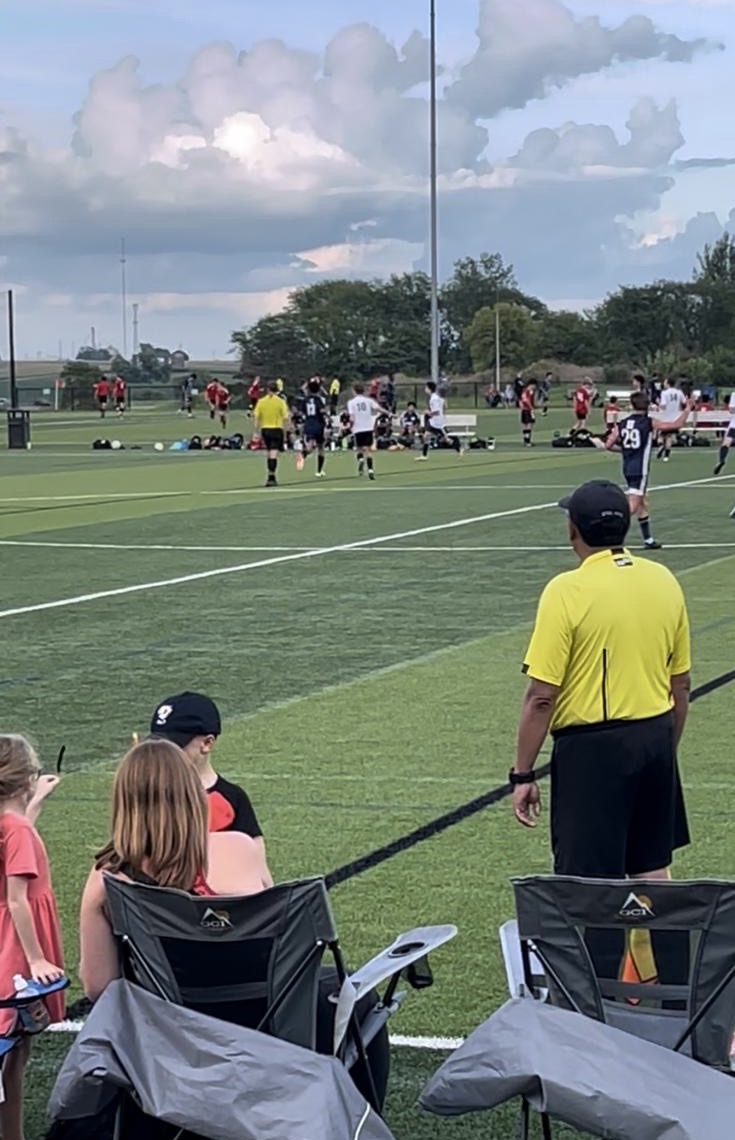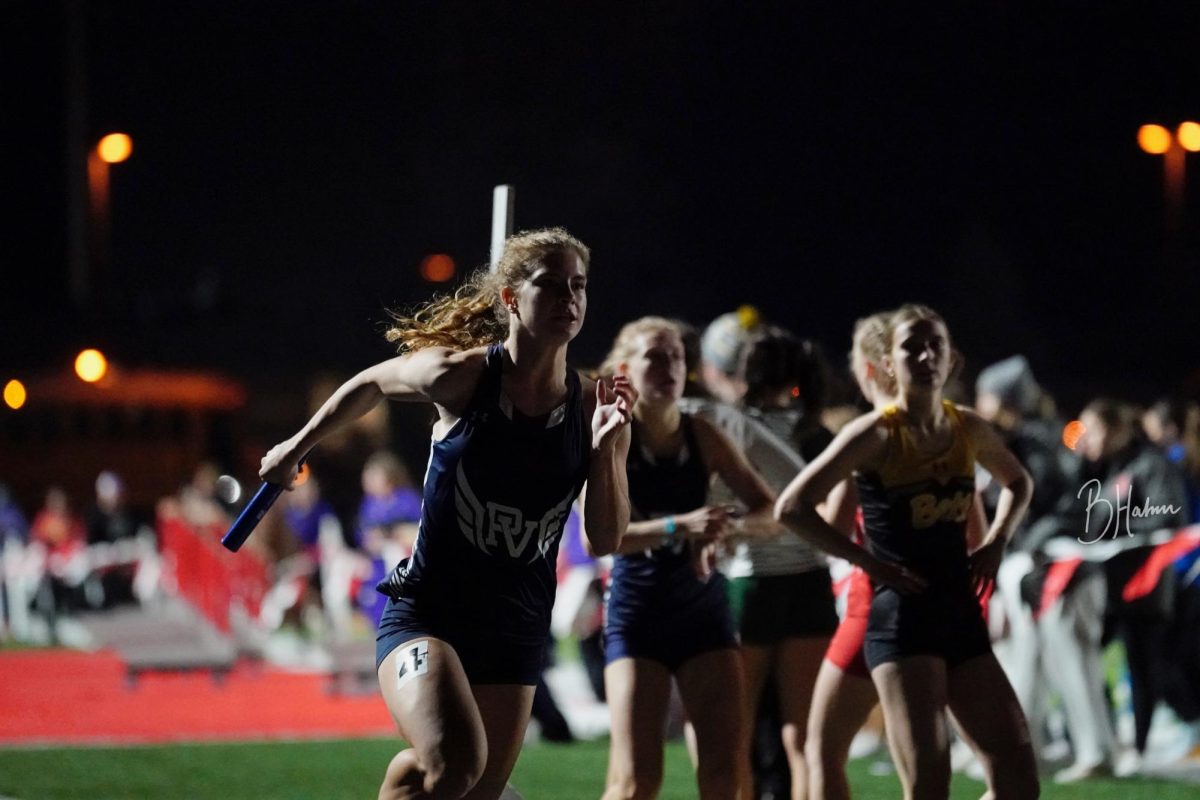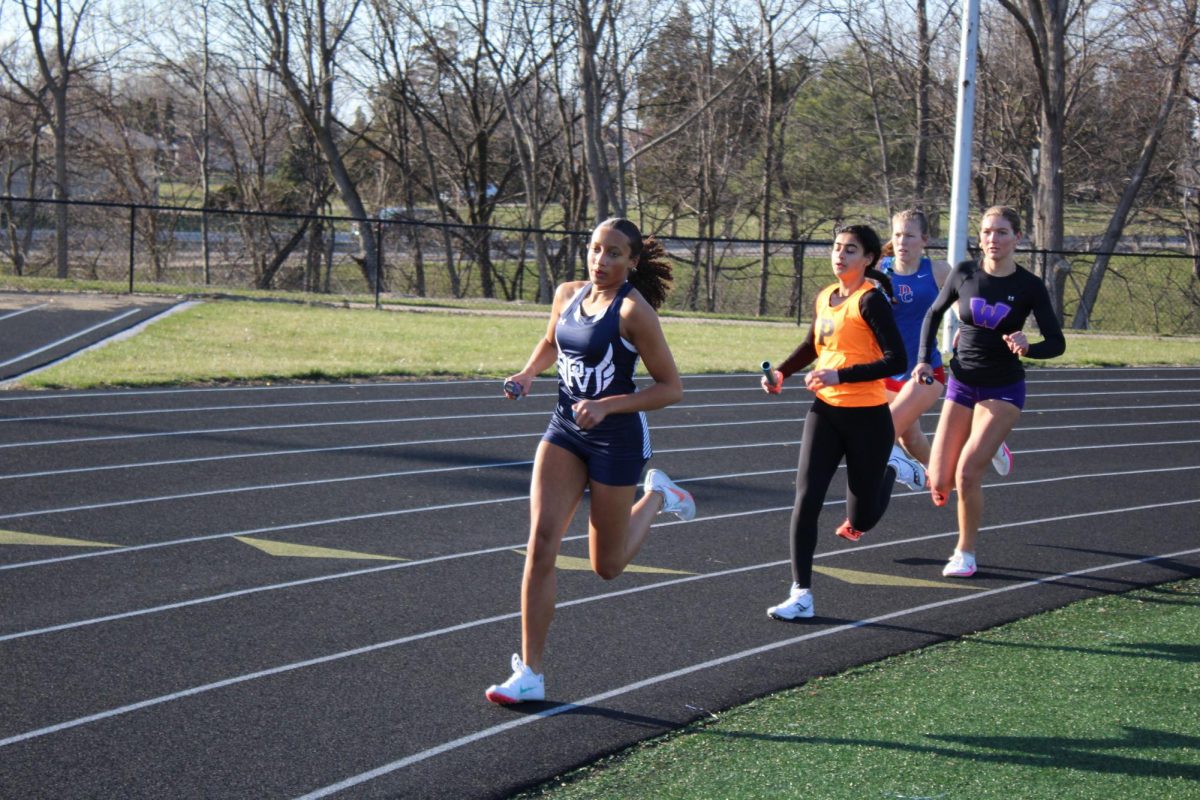Her senses are heightened, her heartbeat high. She sees her move. Right when she goes to kick the ball, there’s a crunching sound. The soccer player falls to the ground as searing pain travels up her leg. Unfortunately, this isn’t an uncommon occurrence. Sport injuries are seen very frequently, whether it be through the internet or in person. It doesn’t take long for spectators and athletes themselves to realize the fact that sports pose risk. The dangers can be short term such as minor sprains, strains, and overuse of muscle groups but also more long lasting such as repeated concussions or broken bones. Aside from the physical effects, sport injuries also bring emotions like frustration to the surface. No one likes to be doing physical therapy instead of competing with their team.
While some sports are labeled as more dangerous than others, the potential to get hurt exists in all of them. Many times people link concussions to the game of football, but hockey and soccer are two other examples of sports high in the risk for concussions. Volleyball players and swimmers often experience shoulder problems. It is easy for dancers to overstretch muscles. Shin splints and knee pain are a common theme for runners. Meagan Burke, senior, explains the threats involved with cheer, “We do various types of stunts and pyramids, so it’s very important to know what you’re doing or someone very easily could get hurt.” It is hard to measure which sport is the “most dangerous” because obviously the more popular the sport, the higher number of injuries will be recorded.
It is important for athletes to know what things they should be doing in order to avoid getting hurt. Of course some happenings are a result of chance and can’t be helped, but practicing safe and healthy habits only increases the chances of having an injury-free season. Terry Saul, senior, shares, “Stretching and lifting is a huge part of injury prevention, as well as maintaining a warm-up that allows you to activate all your muscles.” Other suggestions are to wear the right gear, use proper technique, have recovery days, and don’t forget to do cool downs. If pain is perceived during practice, it is always better to stop rather than push through it and make it worse.
It takes more than the chance of getting hurt to stop people from playing sports. Moms may get all nervous before games, and when someone goes down, everyone anxiously holds their breath and lifts up silent prayers, but most of the time an athlete’s passion is greater than their fear. Saul says, “Football is fun, and you get to develop friendships and learn about your character which makes it worth playing.” Burke has similar reasoning about why she cheers. “Many of my teammates have experienced concussions. At first it is really scary, but we all know they’ll be okay. I wouldn’t let something like that stop me from doing what I love.” Athletes learn from an early age not only what taking sacrifices and being willing to put yourself out there means, but also the feeling of excitement that comes with it.









Julieta • Nov 17, 2016 at 9:26 pm
Great article definitely can relate!